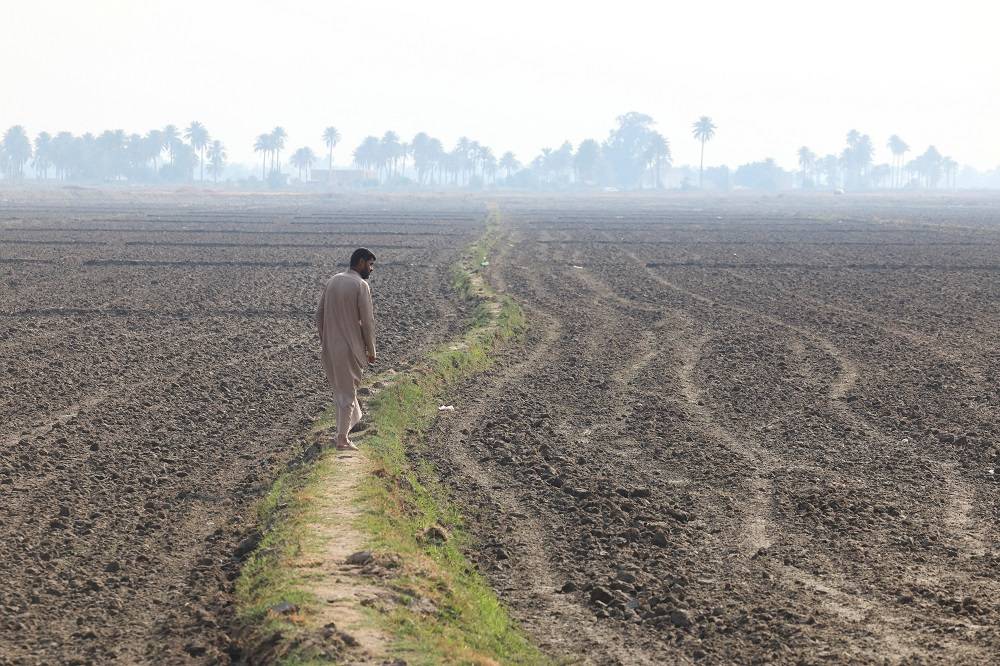It seems that Southeast Asia may be the new destination of terrorists, who have suffered a series of defeats in Iraq and Syria. The leaders of these organizations have indeed started to transfer what remains of their funds and members to several of the region’s countries.
The first question we should ask is whether Southeast Asia is the only option available to ISIS and other extremist groups or are there other destinations that can become the base for their resurgent terror attacks around the world?
Africa definitely remains the second choice to become a base for terror training camps and the recruitment of new ISIS and al-Qaida members. The ground there, however, does not seem ready to receive these terrorists due to various factors that we will not get into.
Southeast Asia however enjoys the geographic and demographic elements that make it an exemplary choice that would compensate these two organizations the losses they have suffered in the Middle East.
Attractive region for terror
An in-depth exploration reveals that there are several factors that make Southeast Asia a suitable environment for future terrorism. The first of these factors is the high population density of the majority of these countries, especially Indonesia that has a population of 260 million. There, ISIS can easily win over thousands of sympathizers and gain new recruits.
The geography there is rife with tens of thousands of small islands that act as fortresses and caches for fugitive terrorists.
This is compounded by a lack of security coordination between Southeast Asian countries, which is in contrast to the coordination between extremist groups there, most notably those in Indonesia, Malaysia and the Philippines.
Furthermore, the poverty in those countries makes it easy for extremists to lure recruits with the promise of financial rewards. Racial and sectarian discrimination suffered by the Muslim youth also make them easy prey for terrorist recruitment and brainwashing.
The Philippines and Hapilon’s death
The clashes between the Philippine military and ISIS in the city of Marawi have drawn attention to the rise of the terrorist threat in Southeast Asia. The Philippine defense minister announced in October that ISIS chief in Southeast Asia and Abou Sayyaf group leader Isnilon Hapilon was killed in the clashes. He was blacklisted by the United States as one of its most wanted terrorists.
The four-month Marawi battle, where ISIS seized four neighborhoods, highlighted fears that the group would seek to establish a regional base south of the archipelago, reported Agence France Presse.
How did ISIS infiltrate Catholic-majority Philippines and not other predominantly Muslim Middle Eastern or Asian countries?
A report by the Stratfor American geopolitical intelligence platform examines how ISIS inspired Hapilon to unite in 2014 the ranks of extremist organizations in the region under the ISIS banner. Stratfor said these organizations as a blend of local criminal gangs operating under the guise of “jihad”. Hapilon and other extremist leaders in the Philippines gained in the meantime recognition by operating under the ISIS name and adopting its tactics.
Perhaps the most interesting aspect of Philippines’ southern Mindanao island is its strategic location on the marine border with Indonesia and Malaysia. This makes it a prime destination for Indonesian and Malaysian extremist fugitives.
The Rohingya crisis and Asian terror
One of the most important questions that is being raised recently is whether the arrival of extremists in Southeast Asia is connected to the suffering Myanmar’s Rohingya Muslims are enduring at the hands of the Buddhist government.
We have definitely detected serious ISIS, Qaida and other extremist attempts to portray the developments in Myanmar as a war against Islam and Muslims. They have all come to agree that Myanmar will become the scene of the major battle, said Jay Solomon of the Washington Institute for Near East policy.
This was demonstrated in a statement released in September by the Qaida higher command that called on all “jihadist brothers in Bangladesh, India, Pakistan and the Philippines to head to Myanmar to aid our Muslim brothers.” It urged them to “make the necessary preparations, including training and the like, to resist this oppression and injustice.”
In a separate statement, Qaida’s Shura council declared that Buddhists had occupied Rakhine state from where Islam was spread to Burma some 200 years ago. Buddhists then changed Burma’s name to Myanmar where its Muslim population was oppressed.
Does this mean that Qaida is more present in Myanmar than ISIS?
In order to properly read the Southeast Asian extremist scene, we must address the security and political developments there and the rise of fundamentalism.
As the Rohingya crisis escalated, Buddhists and their embassies throughout the Middle East and Southeast Asia came under attack. In September, molotov bottles were thrown at the Myanmar embassy in Jakarta, Indonesia. This prompted police in Pakistan to bolster security around Myanmar diplomatic missions in Islamabad.
In Bangladesh, officials said that they have not yet witnessed the arrival of foreign fighters to support the Rohingya, but they have confirmed that the threat is very high.
The above all means that “jihadist” groups have learned how to exploit civil wars and social unrest to spread their roots and raise the number of their recruits.
The crisis has reached such a dire point that a senior Bangladeshi official declared that the situation in Myanmar is a “man-made disaster.”
Qaida returns to the fray
The most disturbing analyses of the developments in Southeast Asia said that the situation has gone beyond ISIS and instead brought al-Qaida back into the picture.
Several security, counter-terrorism and intelligence officials in the region stated that various Qaida branches in the islands surrounding Myanmar had in recent years trained Rohingya on “jihad”.
The Qaida problem here is greater than the Rohingya crisis. It is seeking to regain from ISIS the top spot as the most dangerous extremist group. But why is Southeast Asia such an important strategic target for it?
The area has never been free of pro-Qaida groups and it still retains sleeper cells that can play a very dangerous role should they be ordered to act. In addition, Qaida knows that the United States has a historic military presence in Southeast Asia, which makes their positions strategic targets. Furthermore, observers will notice that Southeast Asia is a main passage for the world’s oil trade, making it another Qaida target.
This prompted the American Foreign Affairs magazine to ask if Qaida will make a return to the scene.
It essentially said that the US was too preoccupied with defeating ISIS to notice that al-Qaida was regrouping. Observers in the report wondered if it will achieve its goal of once again being labeled as the most dangerous terrorist group. Some stated however that the US and other countries were effective in their war against terrorism, giving them reason to believe that al-Qaida was in real and constant decline.
Upcoming terror
It is certain that Southeast Asia may be confronted with a threat that is worse than al-Qaida and ISIS. Foreign Affairs said that the organization is different than what it was a decade ago and Southeast Asia may witness the rise of al-Qaida under a new form, one which brings together ISIS’ orphans who are longing to avenge their humiliating losses in the Middle East.
Their arrival in Southeast Asia is connected to stability and political unrest and extremist radical ideology will never be eliminated as long as social injustice remains and conflicts and wars in Asia, Africa and the Middle East rage on.










